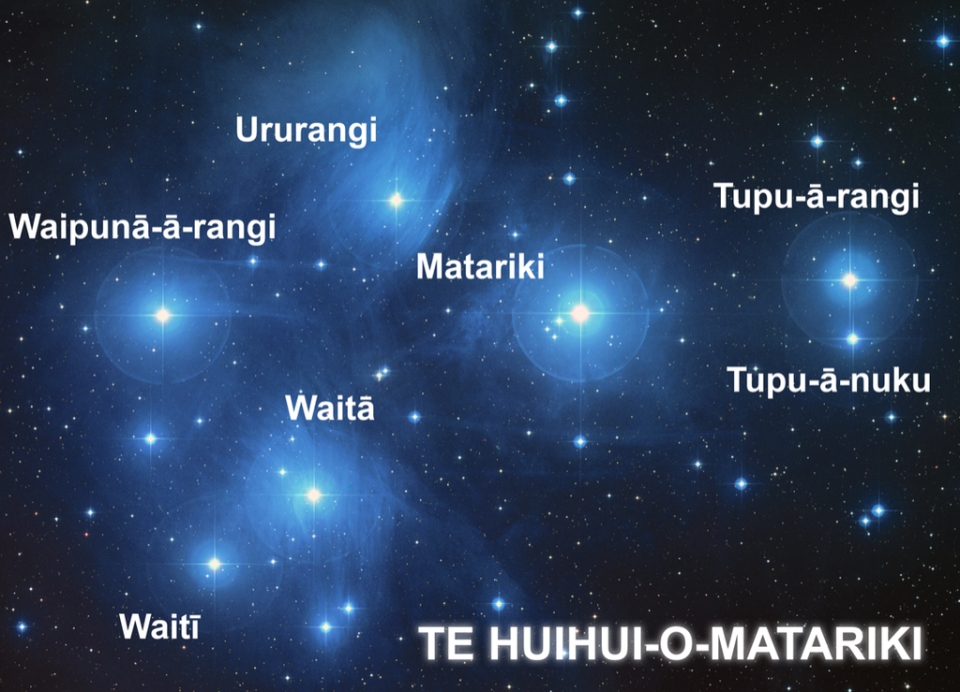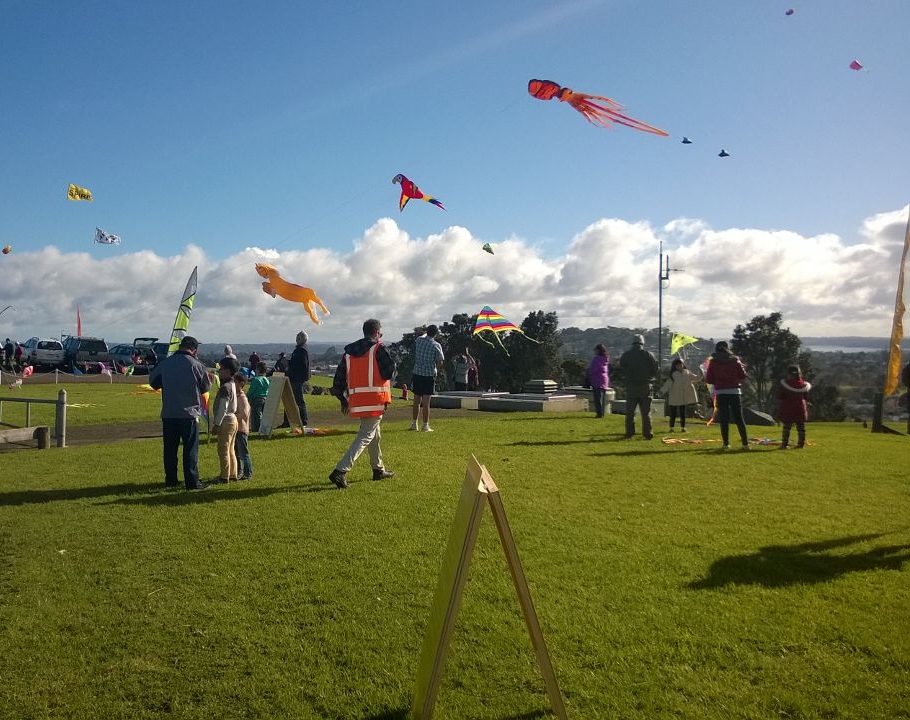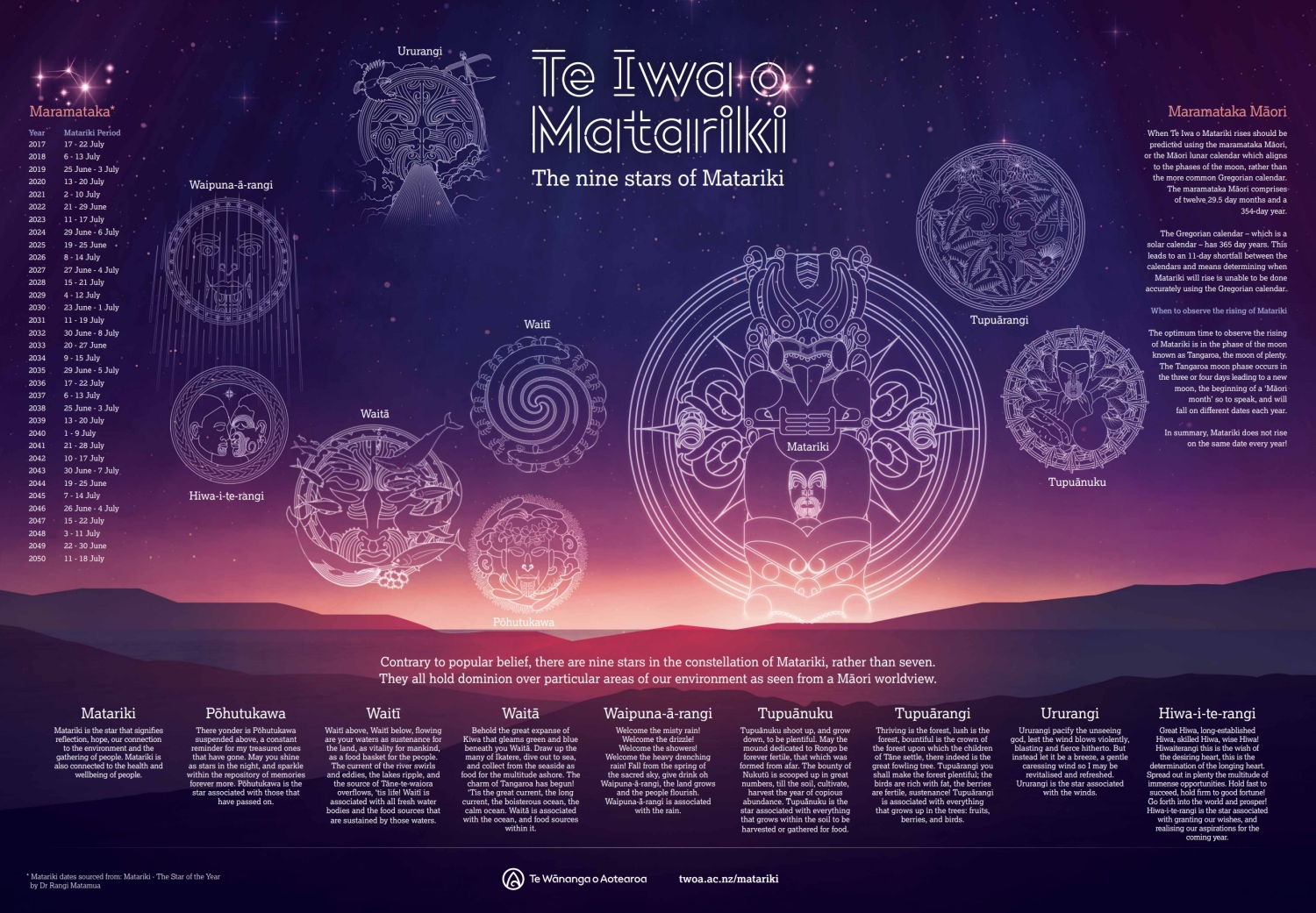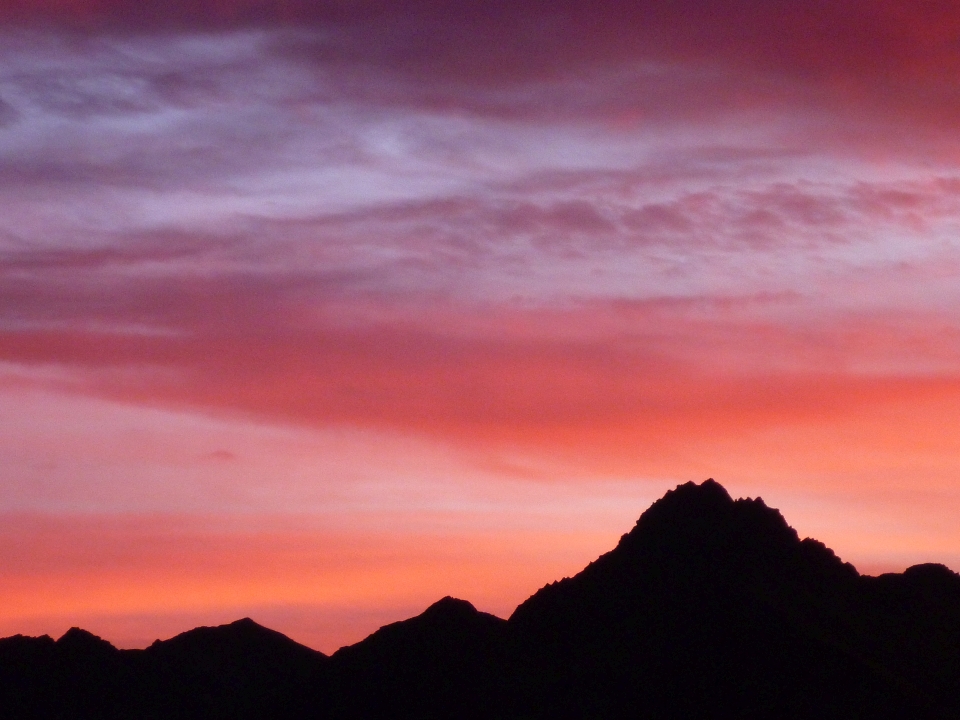What is Matariki?
Matariki is the Māori name for a group of stars. This star cluster is also known as the Pleiades or the Seven Sisters.
According to myth, the children of Ranginui, the sky father, and Papatūānuku, the earth mother, separated their parents. The god of the winds, Tāwhirimātea, was so angry that he tore out his eyes and threw them into the heavens.
When is Matariki
Matariki rises in mid-winter. For many Māori, it is the start of a new year. In Aotearoa New Zealand it comes into view low on the north-eastern horizon. It appears in the last days of May or in early June, just before dawn. The rise of Matariki marks the end of the Maramataka (the Māori lunar calendar) and is the beginning of the new year.
Matariki is not always celebrated at the same time.
Māori tribes celebrated Matariki at different times. Some held festivals when they first saw Matariki in the dawn sky. Some celebrated after the rise of the full moon or at the beginning of the next new moon.
Finding Matariki
Matariki rises in the north east in early June. See how to find Matariki in this video.
Matariki is not visible in some areas to the west of mountains.
Matariki is a star cluster, not a constellation
A cluster is a group of stars that are near each other in space. From Earth, the stars in a constellation appear to be close together in a pattern, but they may be a long way apart. There are about 500 stars in the Matariki cluster, but you can only see six or seven without a telescope.
Some iwi speak of the seven Matariki stars as Matariki the mother and her daughters. Others have named nine stars, including Matariki.
Cycles of life and death
Matariki was a time to remember those who had died in the last year. But it was also a happy event – crops had been harvested and seafood and birds collected. With plenty of food in the storehouses, Matariki was a time for singing, dancing and feasting.
In the past Matariki was used to predict how good the next harvest would be. The brighter and clearer the stars seemed, the better crops would grow.
Navigation
Long distance waka voyages were not done in winter. Matariki rises in the night sky in mid-winter so Matariki was not used for navigation. Expert navigators used the stars to help them navigate across the Pacific.
Matariki Today 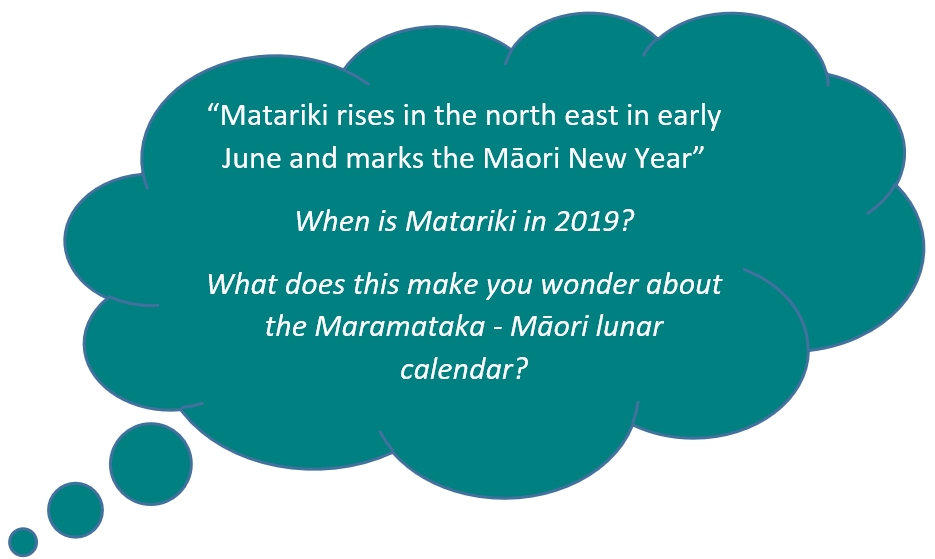
Matariki celebrations have become popular again. A special feature of Matariki celebrations is flying kites. According to old customs they rise up close to the stars. Matariki is a time to remember and pay respect to those who have passed on. It is also a time for new beginnings and to plan for the year ahead.
Matariki celebrations happen during June and July. Check your local council, school or marae for events in your area.
Ready for a quiz? Try the "Matariki" activity.

